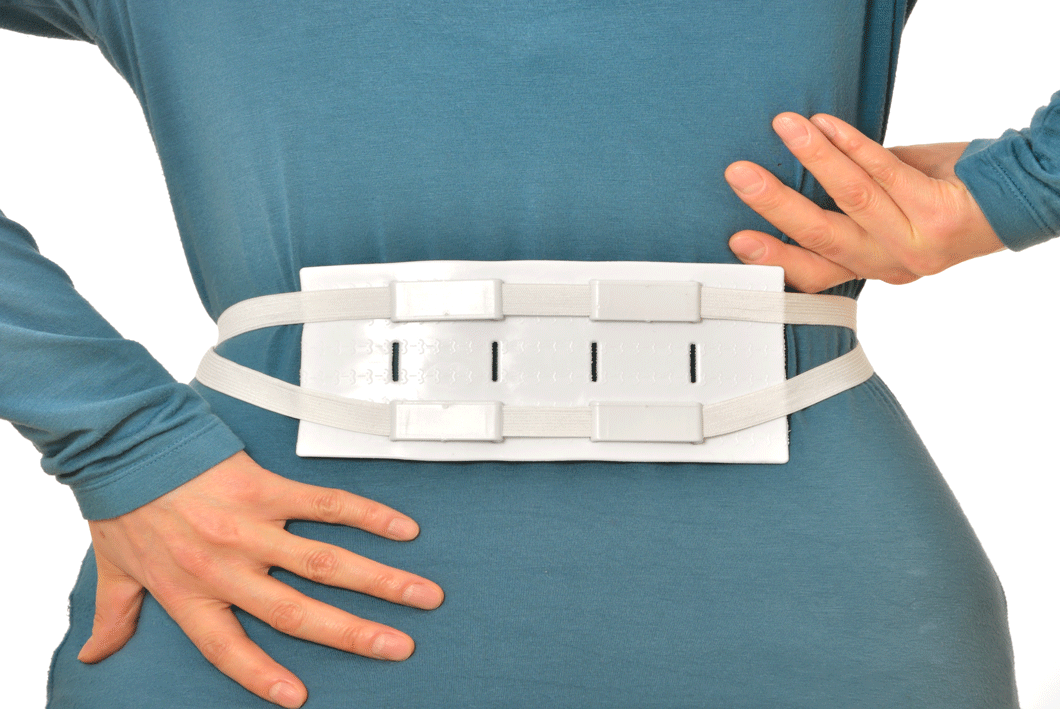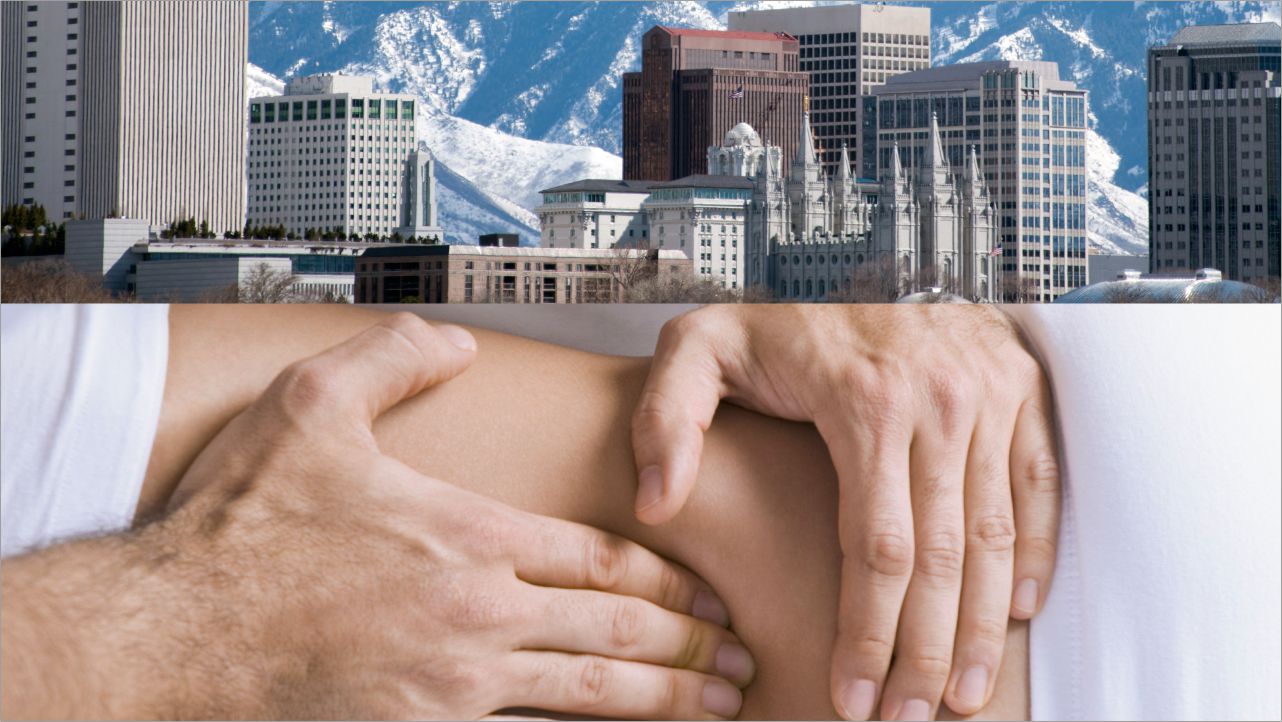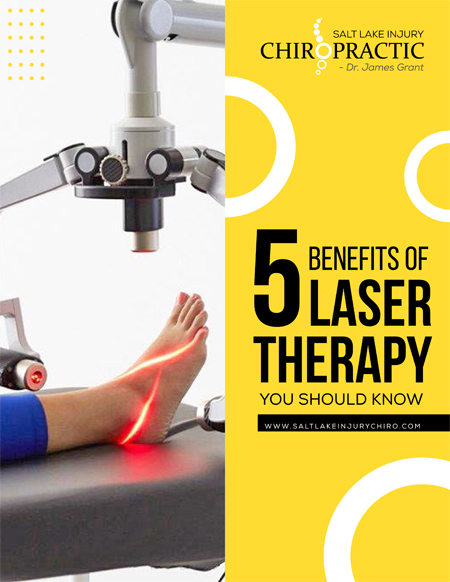
Spinal Degeneration
While a lot of people suffer from back pain, they are not sure whether they want to visit a chiropractor or their physician, who is suggesting surgery. Unfortunately, a lot of people end up opting for surgery even when chiropractic care could help them recover in a non-invasive manner.
What is Spinal Degeneration?
Spinal degeneration or degenerative disk disease is an age-related condition that happens when one or more disks present between the vertebrae of the spinal column deteriorates, leading to pain.
Spinal degeneration can lead to weakness, numbness, or pain that radiates down the leg.
What Causes Degenerative Disk Disease?
Degenerative disk disease is not an actual disease rather a medical condition caused by a disk that wears down. There are several facts that can cause a spinal disk to degenerate, including:
- Injury
- Drying out of the disk with age
- Wear and tear in the outer portion of the disk
There is very little blood supply to the disk and once it is injured, it cannot repair itself. This is when the disk starts to deteriorate.
Degenerative Disk Disease Symptoms
Spinal degeneration may not cause any symptoms. However, some patients may experience intense pain and are unable to perform their daily activities. While the problem begins in the spine, it can quickly accelerate and affect other body parts.
The discomfort can range from mild to debilitating. The most common early sign of degenerative disk disease is pain and weakness in the back. This discomfort can radiates to the upper thighs and buttocks if the damage is in the lower back.
Stages of Degenerative Disk Disease
The spine consists of vertebrae and disks. The disks sit between the vertebrae and provide cushion, flexibility, and support. Each disk is made up of a soft inner layer and a tough outer layer. However, as we grow old or due to injury, the disks can lose their integrity. This leads to thinning of disk or even tear in some cases.
Similar to other medical conditions, the degenerative disk disease progresses in stages. As the stage progress, the symptoms become more prominent.
Stage 1
The first stage of degenerative disk disease often goes unnoticed by the patient. However, chiropractors and other medical professionals such as physiotherapists can identify it. The beginning of degenerative disk disease is characterized by the loss of the natural curvature of the spine. While the patient may not experience any pain, the extra pressure being applied on the spine can lead to the rapid aging of the spine and joints.
Stage 2
A patient can feel the degeneration of disk in the second stage. It is common to see deformations in the bone structure. The curvature of the spine becomes more unnatural and the spinal canal may narrow down. This is the stage when a patient begins to experience some pain and discomfort.
Stage 3
More extreme changes in the posture and curvature of the spine mark the beginning of stage 3. During this time, a patient may experience more pain and loss of mobility. Scar tissue being to form and nerve damage is more common. Stage 3 can sometimes lead to the deformation of the bones.
Stage 4
This is the final stage of degenerative disk disease and is the most severe. Stage 4 is often considered as irreversible. Disks are at their thinnest and the flexibility of the spine is limited. The patient can experience extreme pain. During this stage, the bones of the spine can begin to fuse together.
Contact us today to make an appointment.
Testimonials
Can Chiropractic Care Treat Disk Degeneration?
If you are suffering from disk degeneration disease, you may want to consider chiropractic care.
Disk degeneration is a medical problem that is caused by super-sensitive nerves. The more nerves are involved, the more pain you will experience. A chiropractor is a licensed professional who has knowledge about the nerve and know how to soothe them. He helps the patient get relief from pain and reduce inflammation.
The goal of chiropractic care is to help and improve the joint mechanism. They achieve it by reducing the inflammation and improving the spinal motion.
There are a number of different spinal manipulation techniques used by the chiropractor to treat degenerative disk disease. Some of the more common types of spinal manipulations include:

Making Specific Adjustments
The chiropractor identifies the joints that should abnormal motion or are restricted. He uses a thrusting method to restore the joint movement.
Flexion Distraction Technique
In the flexion-distraction technique, the chiropractor use a non-thrusting technique to treat degenerative disk disease.
Instrument Assisted Adjustments
Have you heard about instrument-assisted adjustments before? The chiropractor uses a handheld instrument to apply force without directly thrusting your spine.



Chiropractors undergo extensive training to help their patients get relief. They can take the right steps to relieve the problems that may be causing you back pain.
While there is no proper cure for degenerative disk disease as it is related to age, with proper nutrition and treatment, the regeneration of the affected spinal disk can begin. An experienced chiropractor can help you with the treatment of degenerative disk disease without surgery and medications.
Dr. Grant has been in practice for over 25 years and is a third-generation chiropractor. He is board-certified with the National Board of Chiropractic Examiners.
Dr. Grant has treated many professional, Olympic, college, and high school athletes. However, his passion is to treat all patients equally. Whether you are an Olympic skier or housewife, his desire for a successful and healthy outcome is the same.
Looking to get your chiropractic treatment started?
Just visit Dr. James Grant at the Accident and Injury Clinic in Salt Lake City. You can also call now for a free consultation. (801) 663-7685!











